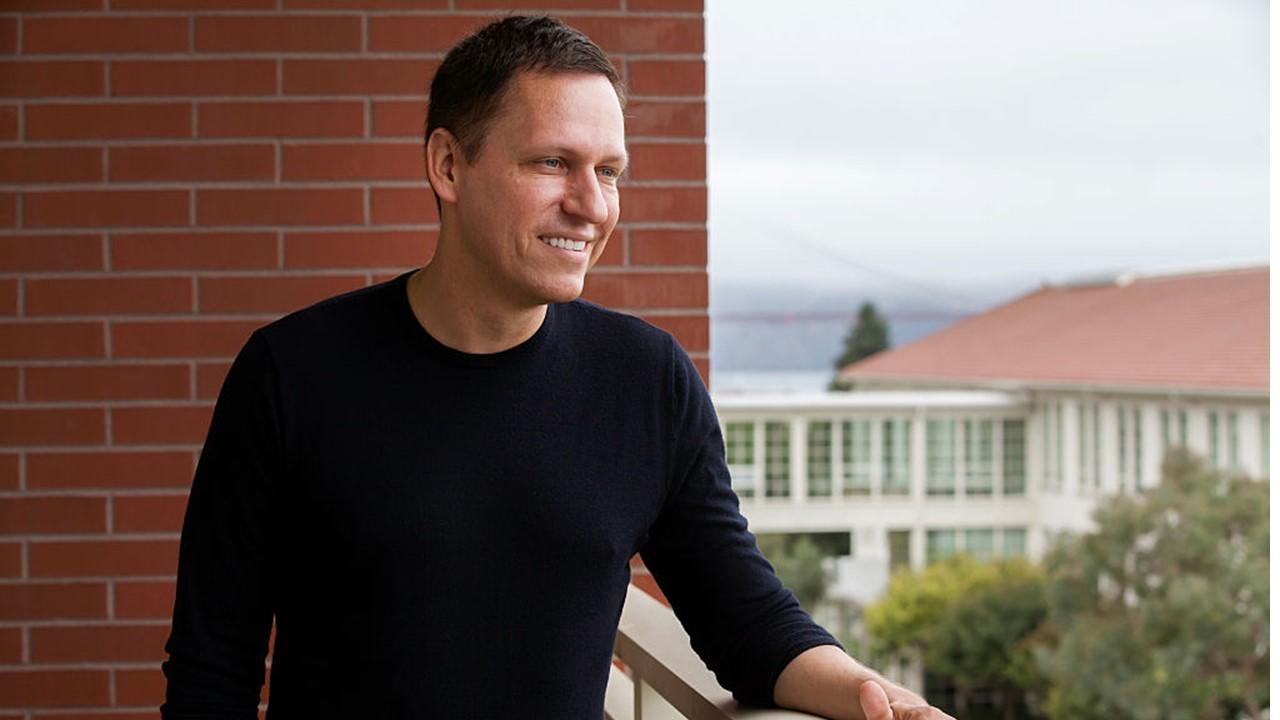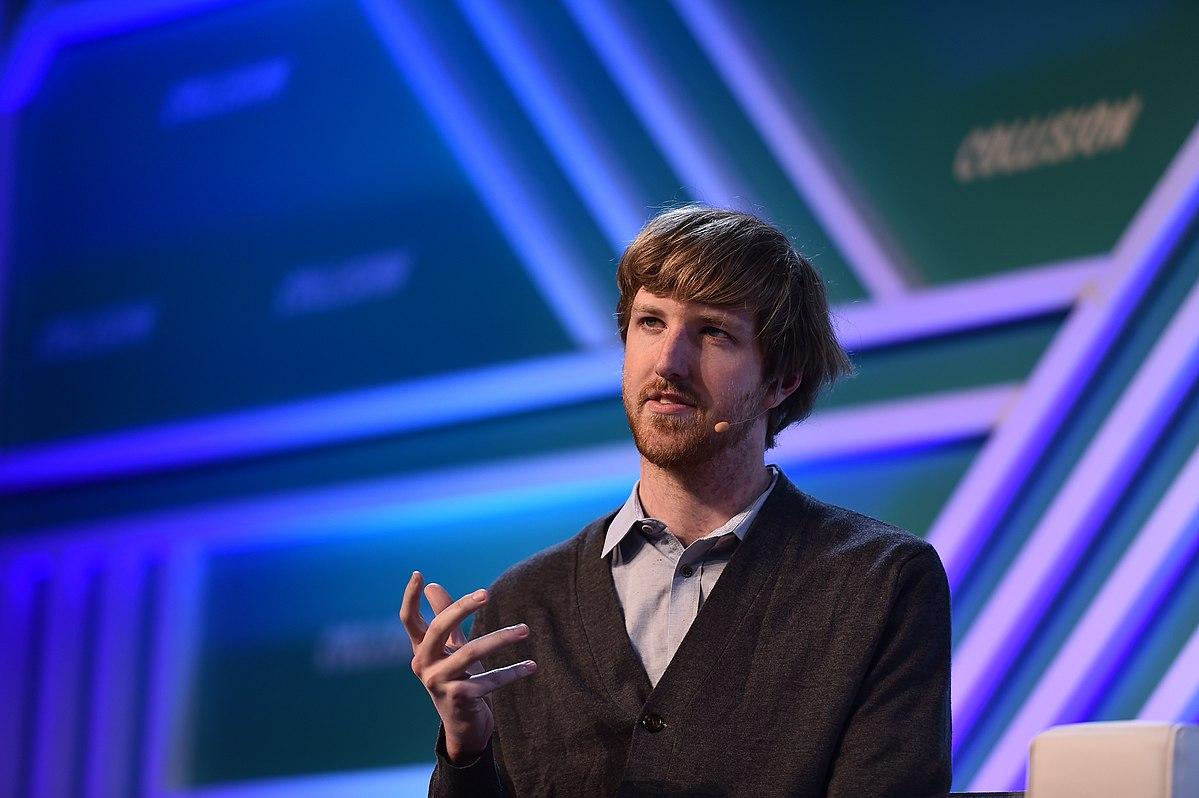Thiel Fellowship Makes a Difference — Here's How to Apply
Peter Thiel is more than just a billionaire founder and venture capitalist. The Thiel Fellowship proves it.
Dec. 4 2020, Updated 10:02 a.m. ET

Founding enormously successful companies will likely get you somewhere in life. Peter Thiel co-founded PayPal and Palantir — two public companies with a market cap of $251.37 billion and $41.86 billion, respectively. With that success, Thiel has launched initiatives like the Thiel Fellowship.
According to the main website, the Thiel Fellowship gives $100,000 to young people with an idea. If chosen, young people have two years to bring their concept to fruition. Also, the process doesn't involve classroom learning.

What is the Thiel Fellowship acceptance rate?
The Thiel Fellowship, which operates under the Thiel Foundation, selects about 20–30 fellows each year. Based on how many people apply, the foundation accepts less than 0.1 percent of applicants on an annual basis.
How does the Thiel Fellowship work?
Anyone age 22 or younger can apply as an individual to become a Thiel fellow. The program accepts applications year-round. While an idea may be enough to get you in, the foundation does require selections to have a concrete vision in place. You can live anywhere in the world.
Here's the most controversial part of the process. In order to accept the fellowship, the program requires people to drop out of school.
The Thiel Fellowship's most prominent alumnus just became a billionaire

Luminar CEO Austin Russell
Luminar, the company behind automotive sensors that help self-driving cars see where they're going, just went public through a $3.4 billion SPAC. The successful public debut has turned CEO Austin Russell into a billionaire.
Currently, Russell is 25 years old. He started Luminar with the help of the Thiel Fellowship when he was 17 years old. With the money from the fellowship, Russell was able to drop out of Stanford University and develop the company. Now that Luminar is public, Russell retains 83 percent of the voting power.
Russell isn't the only Thiel Fellowship alumni to make a name for himself. The Thiel Fellowship started in 2011 and has helped fund a number of youth-led projects across a range of sectors.
Adam Munich is a former Thiel fellow who's currently working to mobilize radiography. Boyan Slat founded a company called The Ocean Cleanup and he's the CEO. Another Thiel fellow billionaire is Ritesh Agarwal — the founder and CEO of OYO Rooms.
According to The Wall Street Journal, "64 Thiel Fellows have started 67 for-profit ventures, raised $55.4 million in angel and venture funding, published two books, created 30 apps and 135 full-time jobs, and brought clean water and solar power to 6,000 Kenyans who needed it."
Is the Thiel Fellowship worth it?
For Russell and other alumni, the Thiel Fellowship helped launch their companies and careers. If Thiel's goal was to prove that ingenuity doesn't require a formal education — and perhaps that formal education can sometimes stall innovation — he might have made his point.
Other programs like the Thiel Fellowship
The Thiel Fellowship is unique in that it requires young people to drop out of school. However, the Thiel Foundation also has a program called Breakout Labs that funds early-stage science research and caters to any age.
Enstitute, Mass Challenge, and Y Combinator (the latter of which has helped launch thousands of startups like DoorDash, Airbnb, and Reddit) are other options for funding.
